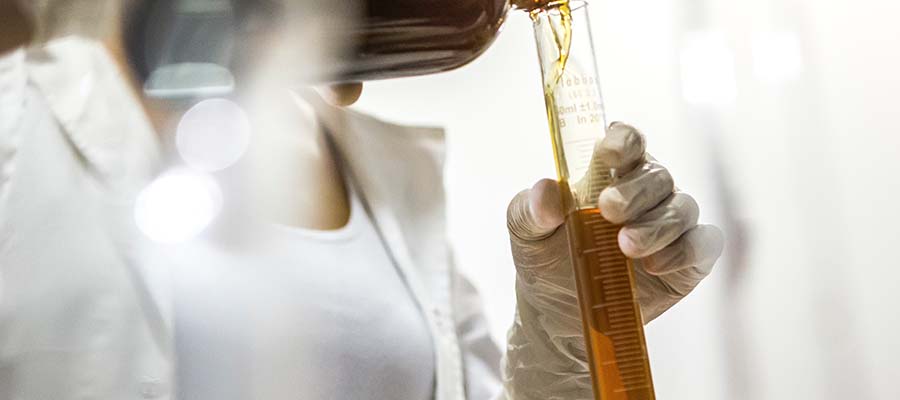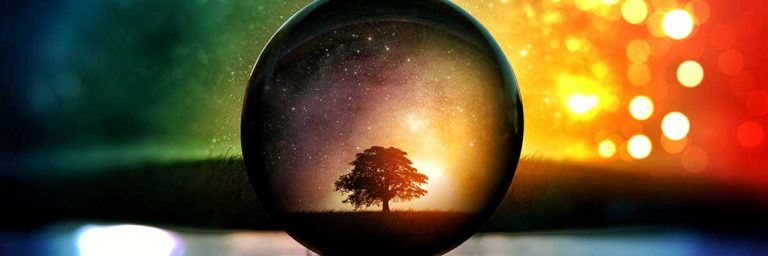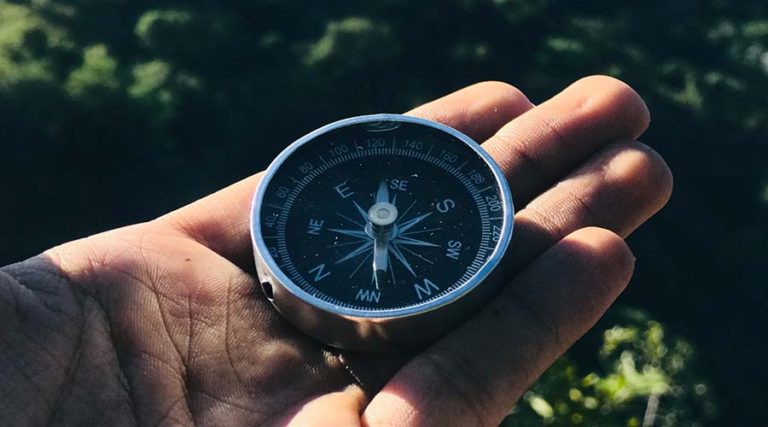CBD can be extracted from hemp in multiple ways. In this article, we will be focusing on some of the most popular ways to extract CBD from hemp. But, before we get too far into the different types of extraction, we first need to understand why we extract CBD from hemp. It may sound simple, but there are many people that would happily just smoke the buds from a hemp plant similar to someone smoking marijuana. After all, the plant matter, smell, and process is nearly identical to its psychoactive sibling, marijuana. Some people simply enjoy the act of smoking or it is just a familiar way to consume CBD and the other valuable compounds found in the cannabis family of plants. For those of us that prefer to consume our CBD in a smokeless and more health conscientious fashion, most of us opt for a tincture.
A tincture is often made with a carrier oil and extracted CBD. The carrier oil takes a messy, sticky, and concentrated CBD extract and suspends it in a carrier oil to make measuring, delivery, and consumption easy and effective. The carrier oils used today vary, and at Andy’s Hemp Products, we will only use carefully sourced carrier oils to pass our extreme quality control standards. Some of popular carrier oils are MCT or fractionated coconut, vegetable glycerin, alcohol, and hemp oil.
(Note: hemp oil is not a preferred or recommended carrier oil due to its distinct smell and strong flavor. We recommend a flavorless and palatable carrier oil.)
Extracted CBD typically comes in a variety of forms with many different names including crude oil, distillate, isolate, and others. Isolate seems to be the most popular in the industry right now. Unfortunately, isolate does not provide the best synergies and sourcing is often questionable. On the other hand, though, isolate is very cost effective in comparison to distillate and even crude oil. Crude oil is also popular, because it is not as expensive as distillate, but it comes with a cost. Crude oil carries many undesirable hemp compounds that can make it smelly and foul tasting. That’s why Andy’s works hard to provide only the best quality tinctures made from distillate. It is important to note, many artisanal producers of distillate are refining their processes so we can eliminate some of the foul tastes, chlorophyll (color and bitterness), and other minor remaining undesirable compounds.
Now that you have a basic understanding of the extract that we use, let’s dissect the process so we can understand it. Here at Andy’s we strive to provide our clients with transparency so you are always comfortable with our products.

How is CBD extracted from Hemp?
Extracting CBD from hemp is actually quite a simple process if broken down into steps. First, the plant matter, hemp leaves, and buds (sometime referred to as biomatter) are ground into a workable but not powdery density. Second, a solvent is then passed through the ground hemp to strip the resinous trichomes, valuable cannabinoids, and some other parts of the plant (depending on what type of extraction process is used.) Third, the solvent must be purged from the end product so that there are no remnants of the solvent in the final products. Depending on the method of extraction and the quality of the operation, there is a fourth step involving a further separation of the valuable parts from the less-valuable parts of the plant, such as chlorophylls, lipids, and other compounds. For the sake of simplicity, we’ll call these “undesirables”.
What are the Most Popular Ways to Extract CBD? What are Their Pros and Cons?
The three extraction methods we will cover are Supercritical CO2 Extraction, Hydrocarbon Extraction, and Ethanol Extraction.
Supercritical CO2 Extraction
In order to get CO2 to a state that has a reasonable level of solvency, the CO2 must be heated and pressurized until it reaches a supercritical state. Most extraction facilities are unable to maintain this kind of pressure, so they operate at a subcritical state, which is far less effective at stripping the valuable cannabinoids from the fibrous plant matter. The CO2 then must be passed through the ground hemp in a vessel over and over again. While this process only uses CO2, the safety risks of operating and scaling an operation to a usable size while utilizing Supercritical CO2 Extraction, requires substantial precautionary measures to be taken. Things like over-engineering their vessels and placing all of their equipment into blast proof rooms become necessary, and as you can imagine, this becomes extremely cost prohibitive. CO2 extraction can also take a very long time since CO2 just doesn’t grab the cannabinoids from the plant very effectively. This can often be between two and eight hours for just one batch!
Here is the other problem: cleaning your vessels after an extraction. Since CO2 is only subcritical in most of the process, but not all, some of the plant’s oils and resins are left inside the vessels. Of course, an extraction facility that provides an honest, quality product is doing to have to clean the systems, and to effectively do so, most have to use a chemical bath that takes the positive benefit of being a clean, one-ingredient method away from the final result, since it isn’t always possible to remove those chemicals from the vessels after cleaning. It is not uncommon to find that when comparing CO2 extracted CBD to CBD that has been extracted using either Hydrocarbon or Ethanol Extraction methods to actually be less pure!

Hydrocarbon Extraction
The two hydrocarbons that are commonly used in the hemp extraction industry are butane and propane. Both butane and propane are extremely good at stripping the valuable compounds from the hemp plant, but you definitely don’t want to be consuming butane or propane in your CBD product. Gross! That being said, a quality Hydrocarbon Extraction facility goes through a purge process with every batch in order to ensure zero propane or butane is left in the product. Similar to both Supercritical CO2 and Ethanol, butane or propane is passed through the plant matter, then collected in another vessel. This vessel then will go through a process that extracts the less useful molecules from the valuable cannabinoids and terpenes that you want in your product before it is finally purged of the solvent inside. The solvent is then recycled to be used again.
As you are probably thinking, using butane or propane must be dangerous, and you are correct! While in a professional operation, butane and propane are relatively safe. Hydrocarbon extraction facilities have the same requirements to be within blast proof rooms similar to CO2, but since they are flammable, they do pose an additional risk that must be avoided by taking extreme precautionary measures to prevent explosion. In fact, many industry insiders suggest that in a large-scale operation, butane and propane extraction can actually be safer than CO2 since hydrocarbon extraction vessels are placed under far less pressure.
Hey! I’ve smelled butane and propane, and they have a horrible odor. Won’t that translate to the final product?
Surprisingly, the butane and propane do not leave any trace of the scent that you may be familiar with. When done properly, there is no butane or propane residual in the end product. Many of the highest concentration and most pure CBD extracts are made with Hydrocarbon Extraction.
Ethanol Extraction
Ethanol, more commonly referred to as alcohol (yes, just like the kind humans drink), is also a very effective solvent at stripping the valuable cannabinoids from hemp. Just like the other methods, alcohol is passed through the plant material until no more CBD can be removed. Similar to the previously review extraction methods, though, there are still challenges with the process. Since alcohol is so good at stripping the hemp of its valuable compounds, cannabinoids, and CBD, it often also strips quite a bit more of the stuff we don’t want in our final product.
In order to combat this, ethanol extraction facilities use cryogenically frozen alcohol. Temperatures often hover around negative forty degrees Celsius. By working at an extremely cold temperature, the alcohol takes less of the undesirables and more cannabinoids and CBD from the hemp plant.
The alcohol is then separated from the cannabinoids leaving us with a crude oil. At no time during this process is the system pressurized to levels anywhere near those required for hydrocarbon or CO2 extraction. The crude oil normally still has traces of alcohol and many of the undesirable things from the plant that must still be removed.

Removing those undesirables is done through the process of distillation and filtration. The crude oil is mixed again with alcohol to make it flow through the filters before the distillation process. Since most of the desirable cannabinoids are resinous, they are very sticky. Oils at this point often have the viscosity of a cold honey and are clarified to a transparent and just barely amber color. Some facilities will process their oil multiple times to ensure the end product is void of undesirables. The resulting product is then distilled until it reaches the purity level desired. From our experience, most distillate is between seventy and ninety percent CBD!
Andy’s Hemp Products holds their products to very high standards. In order to make sure that our customers get exactly what they are paying for, we frequently visit the extraction facilities that we partner with in order to make sure that our standards are always being met. Going a step further, we visit the farms that grow the hemp as well to ensure that they are meeting our quality standards.
I hope you enjoyed learning more about where your CBD comes from and how it gets from plant to tincture. Leave a comment below if you have any additional questions or concerns!
Please note, these processes and technologies are changing rapidly as we experience a “hemp revolution”. Stay tuned to learn more about the wonderful world of hemp and CBD, and consider subscribing below! At the writing of this article, Andy’s Tinctures are made with Ethanol Extraction.









